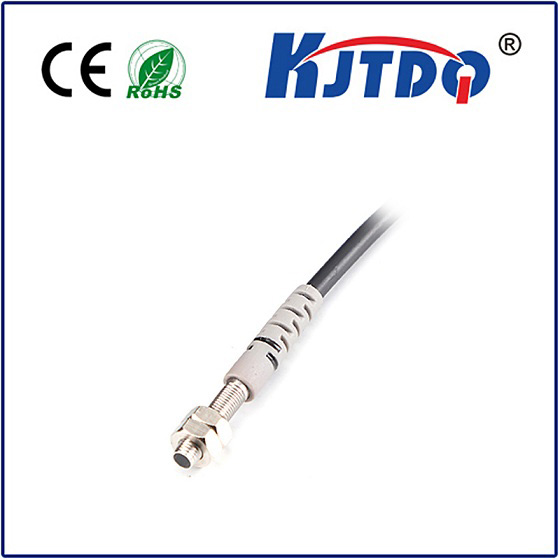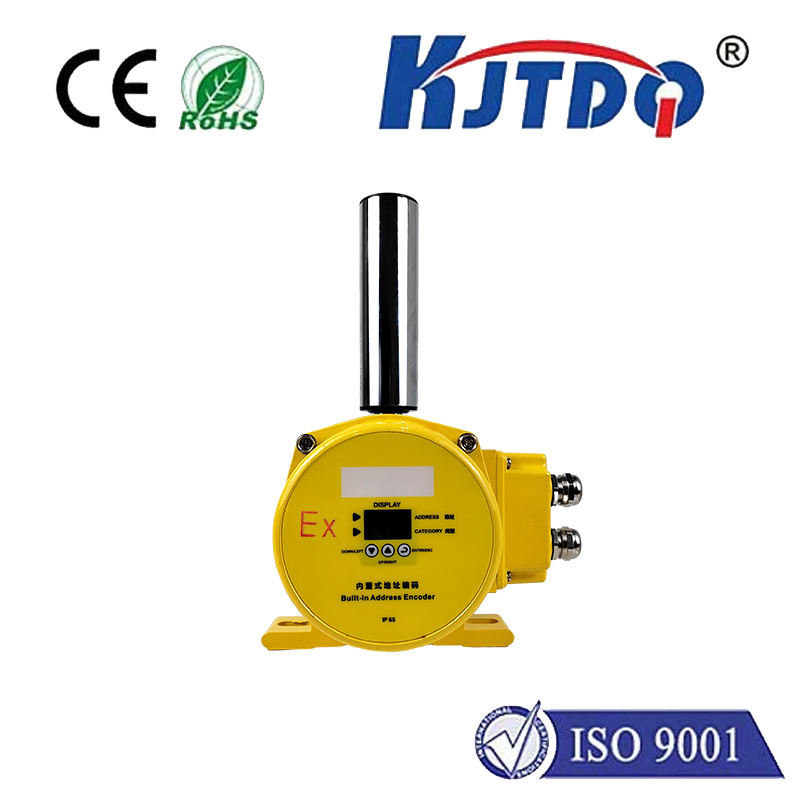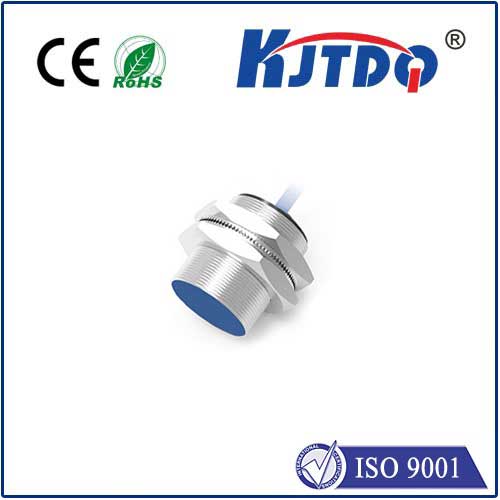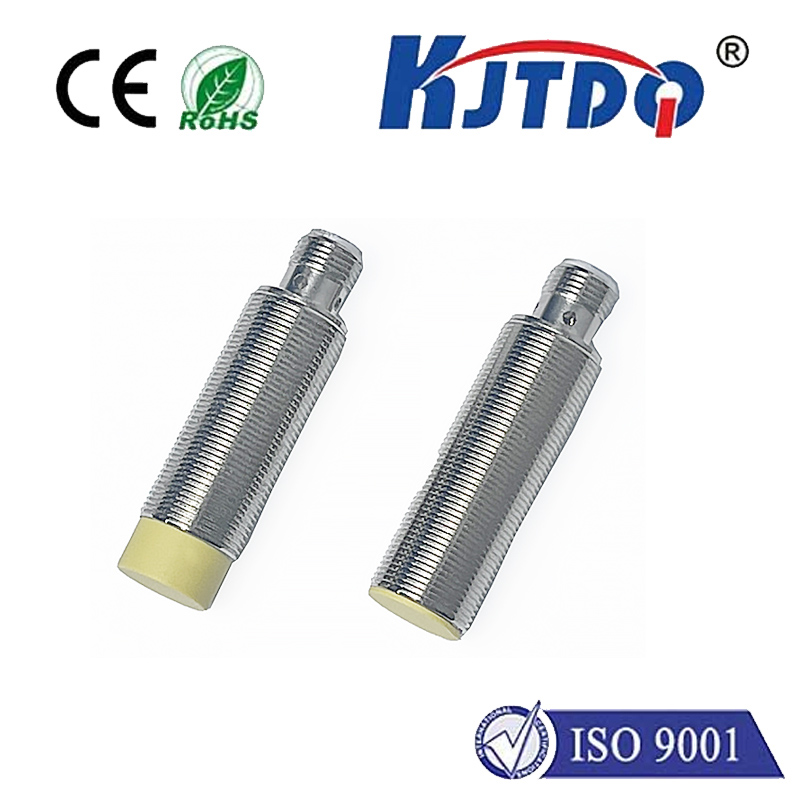laser distance sensor 200m
- time:2025-09-14 02:33:30
- Click:0
Unlock Precision at Scale: Your Guide to the 200m Laser Distance Sensor
Imagine measuring the height of a towering wind turbine, the span of a vast construction site, or the critical distance to a remote power line—accurately, safely, and in seconds. This is the transformative power of the 200m laser distance sensor, a technological marvel redefining measurement across countless industries. No longer confined to short-range tasks, these powerful tools deliver pinpoint accuracy over football-field distances, empowering professionals with unprecedented efficiency and safety.
The Science Behind the Beam: How 200m Laser Sensors Work
At their core, laser distance sensors operate on a remarkably simple yet sophisticated principle: Time-of-Flight (ToF). Here’s the breakdown:
- Laser Pulse Emission: The sensor emits a focused, highly coherent pulse of laser light (typically eye-safe Class 1 or 2).
- Target Reflection: This laser pulse travels through the air until it strikes the target object.
- Reflected Signal Capture: A portion of the light reflects back towards the sensor’s high-sensitivity receiver lens.
- Time Measurement: Sophisticated electronics measure the incredibly precise time interval between the pulse emission and the reception of its echo.
- Distance Calculation: Using the constant speed of light (approximately 300,000 km/s), the sensor calculates the distance to the target using the formula: Distance = (Speed of Light × Time of Flight) / 2 (divided by two because the light travels to the target and back).
Reaching distances of 200 meters reliably demands exceptional engineering. Key elements include:
- High-Power, Focused Laser Diode: Generates a strong, collimated beam capable of traveling long distances with minimal dispersion.
- Ultra-Sensitive Photodetector: Capable of detecting the faint return signal even after a 200m round trip and potential environmental interference.
- Advanced Signal Processing Algorithms: Filters out ambient light noise and accurately identifies the true return pulse amidst challenging conditions.
- Robust Housing: Designed to withstand the rigors of industrial environments, including dust, moisture (many boast IP65/IP67 ratings), and minor impacts.
Why 200 Meters? Critical Applications Unleashed
The 200m range capability isn’t arbitrary; it opens doors to measurement tasks previously cumbersome, risky, or impossible with shorter-range tools. Here’s where these sensors truly excel:
Large-Scale Construction & Civil Engineering:
Quickly measuring building heights, site dimensions, earthwork volumes, and foundation placements.
Positioning cranes or scaffolding safely relative to structures and boundaries.
Verifying grade levels and slopes over expansive areas.
Surveying & Land Management:
Rapid distance measurements for preliminary surveys and mapping.

Measuring property boundaries, right-of-ways, and inaccessible features (ravines, rivers).
Forestry applications like tree height measurement and stand density estimation.
Energy & Utilities:
Crucially measuring safe approach distances to high-voltage power lines during maintenance or construction (a fundamental safety application).
Assessing clearance distances for transmission lines over roads or vegetation.
Measuring heights of utility poles, towers, and wind turbine components.
Industrial Automation & Logistics:
Positioning large machinery or automated guided vehicles (AGVs) within vast warehouses or factory floors.
Monitoring stockpile heights in mining or bulk material handling.
Controlling crane positioning and collision avoidance systems over long spans.
Infrastructure Inspection:
Measuring bridge clearances, tunnel dimensions, or dam wall distances from safe vantage points.
Assessing erosion or structural shifts on slopes or embankments.
Emergency Services & Security:
Rapidly measuring distances at accident scenes or during search and rescue operations.
Perimeter security monitoring over large areas.
Key Advantages Over Traditional Methods
Replacing tape measures, wheel surveyors, or risky estimation techniques, the 200m laser distance sensor offers compelling benefits:
- Unmatched Speed: Measurements take seconds, dramatically boosting productivity.
- Exceptional Accuracy & Precision: Deliver results often within millimeters (±1-2mm is common at shorter ranges, with specific models maintaining high accuracy even at 200m), far surpassing manual methods.
- Enhanced Safety: Measure dangerous, inaccessible, or high-elevation targets from a safe distance (e.g., power lines, unstable structures, rooftops).
- Single-Person Operation: Eliminates the need for a second crew member holding the other end of a tape.
- Reduced Human Error: Digital readout minimizes mistakes common in manual reading and recording.
- Long-Range Capability: The 200m reach solves problems beyond the scope of shorter-range lasers or ultrasonic sensors.
Selecting the Ideal 200m Laser Distance Sensor: What Matters
Not all 200m sensors are created equal. Consider these critical factors:
- Accuracy & Precision: Understand the margin of error specified at both close range and near the maximum 200m mark (±X mm @ Y meters).
- Measurement Speed: How quickly does it provide a stable reading, especially important for moving targets?
- Laser Class & Visibility: Class 1 is safest (invisible), Class 2 (visible red dot) aids targeting but requires caution. Choose based on environment and safety needs. Beam quality affects long-range targeting.
- Environmental Resilience:
- Ingress Protection (IP Rating): Essential for dusty or wet conditions (look for IP54, IP65, or IP67).
- Operating Temperature Range: Ensure it functions reliably in your climate extremes.
- Robustness: Can it withstand drops or vibration?
- Target Surface Compatibility: Performance can vary. Dark, shiny, or highly reflective surfaces pose challenges. Advanced models handle diverse targets better.
- Features & Connectivity: Consider Bluetooth for data transfer to apps/software, integrated inclinometers (tilt sensors) for height/volume calculation, continuous tracking mode, data storage, and compatibility with mounts/tripods.
- Display & Usability: A bright, clear display and intuitive controls are vital for efficiency in the field.
- Battery Life: Long-lasting power (often via standard AA or Lithium batteries) is crucial for uninterrupted workflow.
Optimizing Performance: Tips for Best Results
Maximize the accuracy and reliability of your 200m laser sensor:
- Ensure Target Suitability: Aim for surfaces that are reasonably reflective and perpendicular to the laser beam. Use a target plate for very dark or non-reflective targets at maximum range.
- Steady Your Aim: Utilize a tripod mount, especially for measurements near the 200m limit, to eliminate hand shake.
- Avoid Extreme Conditions: Heavy fog, rain, snow, or intense direct sunlight can scatter the laser beam and hinder performance or reduce effective range.
- Regular Maintenance: Keep lenses clean using appropriate tools (lens brush/pen). Store the sensor in its protective case. Check battery levels before critical jobs.
The Future is Measured Precisely
The 200m laser distance sensor represents a significant leap in measurement technology. Its ability to deliver fast, pinpoint-accurate distance data over vast spans tackles complex challenges in construction, surveying, energy, industry, and beyond. By enhancing safety, efficiency, and data quality, these powerful tools are not just instruments; they are catalysts for smarter workflows and better outcomes in large-scale projects. When distances matter on a grand scale, the precision and reach of a 200m laser sensor become indispensable assets in any professional’s toolkit.















